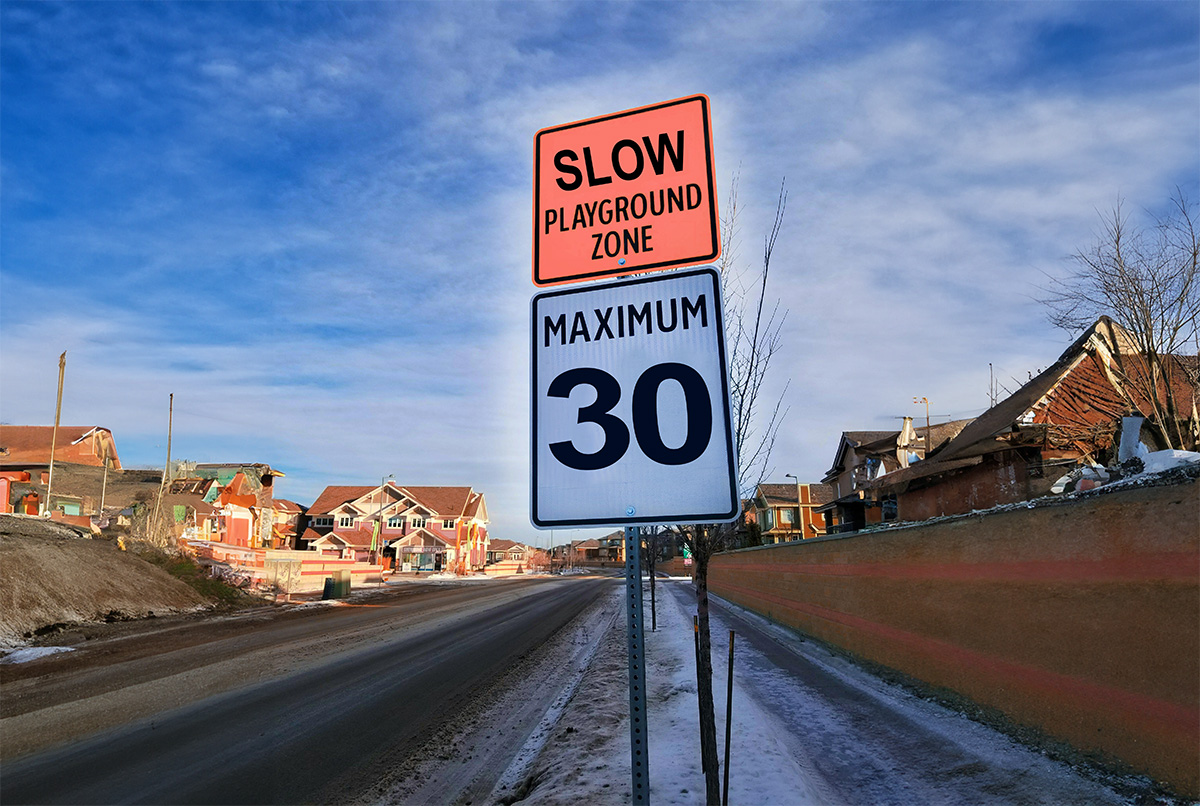Winter Car Maintenance
In our previous post, we asked this question:
At what temperature does salt alone become ineffective for melting ice & snow?
Answer: When the thermometer dips below -20˚C, salt alone becomes useless! That’s why many municipalities use a beet juice concoction, which is good until -32˚C.
Did you get it?
Now for this post’s question!
What is the best temperature at which to use a block heater for your car?
We’ll reveal the answer next time!
When it’s cold outside, the last thing you want to experience—aside from, say, your home furnace breaking down—is getting stuck somewhere in your car just because you didn’t take the time maintain your vehicle for the conditions of the season.
Winter car maintenance is simple, fool-proof, and takes only a short amount of effort on your part. And like any piece of large machinery operated by a human, it may mean lost time and money (or worse) if you choose to do nothing.
Step 1: Oil Spray
Getting the undercarriage of your car sprayed helps to avoid potential damage to your car from road salt. This will help to prevent rusting, corroded wires, and cosmetic damage; it’s a very low-cost, quick procedure that any mechanic can do.
Step 2: Winter Tires
All-seasons aren’t all that they claim to be! They’re more like “all seasons except for winter” when you get down to it, because only winter tires provide the grip needed at colder temperatures. Be sure to check the tire pressure (as it will fall with the temperature) monthly during cold months—but even before the winter tires are on, check the tread to be sure tires from previous years will still be effective.
Step 3: Oil Change
If you can, change your oil to synthetic grade, as it won’t break down as quickly as conventional oils and provides longer protection for the engine. It may cost a bit more, but it’ll mean less stress on your vehicle. With synthetic grade oil, your engine turns over easier in colder temperatures.
Step 4: Fluids Check
Check all the fluids in your car (or better yet, get your mechanic to do it for you) to ensure that you’re topped up and ready to go: Transmission fluid, brake fluid, power steering fluid, and even your windshield washer fluid.
With windshield washer fluid, it’s advisable to switch to a formula designed for winter conditions—namely, one that won’t freeze! Keep an extra jug in your vehicle just in case, as it’s easy to go through windshield washer fluid quickly during snowy and slushy conditions.
Step 5: Fuel Awareness
During the winter, keep your tank at least half full as often as possible. This cuts down on the amount of condensation that forms inside your gas tank, which adds water to your gas and can freeze during extreme temperatures.
While it’s easy to accidentally let things slide during the winter—after all, it’s cold out there!—it’s important to keep your vehicle maintained in the winter just as you would in any other season. During snaps of extremely cold weather, it’s even more important, as a poorly maintained vehicle can present difficulties and driving hazards to yourself and other drivers.
If you’re uncertain about specific care for your vehicle, always refer to your manufacturer’s recommended maintenance schedule, found in the car owner’s manual.














0 Comments